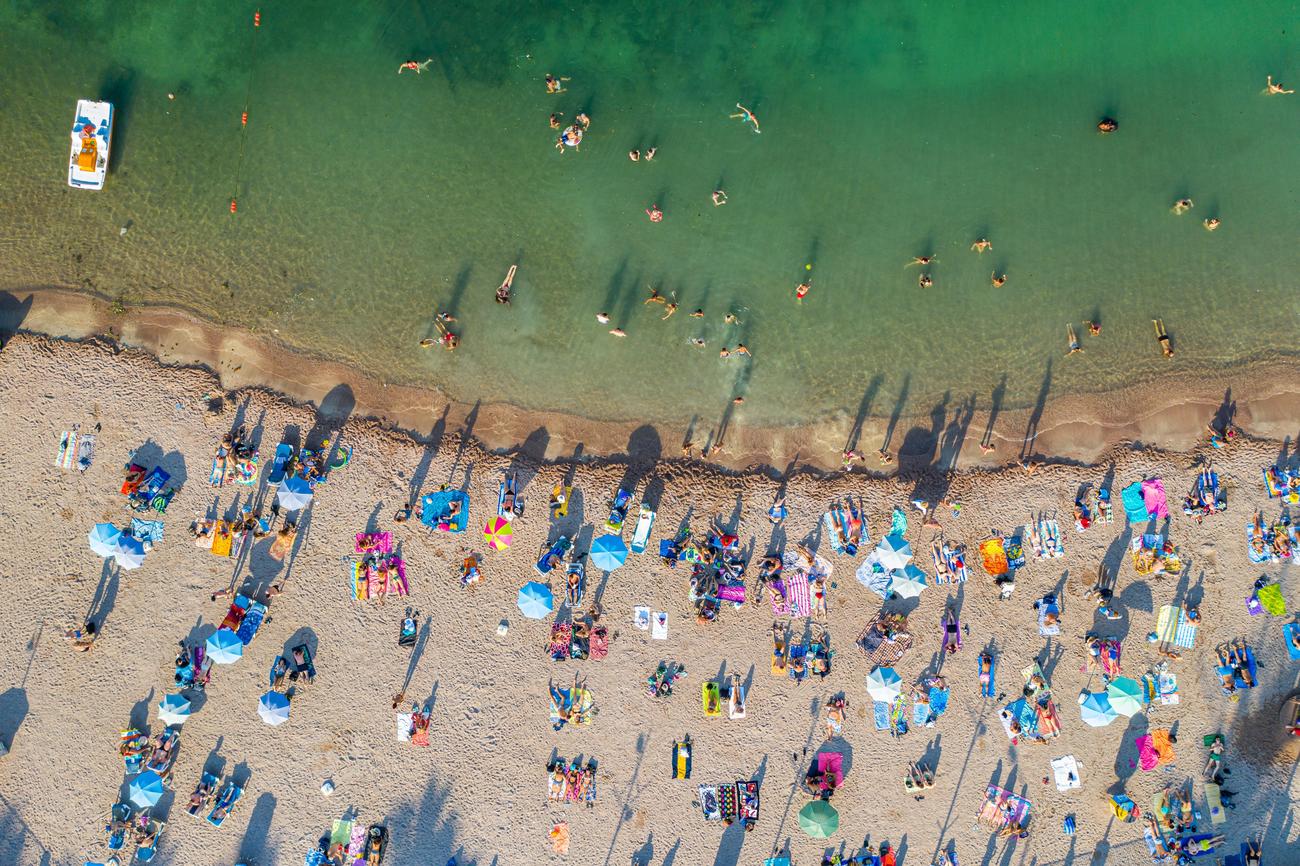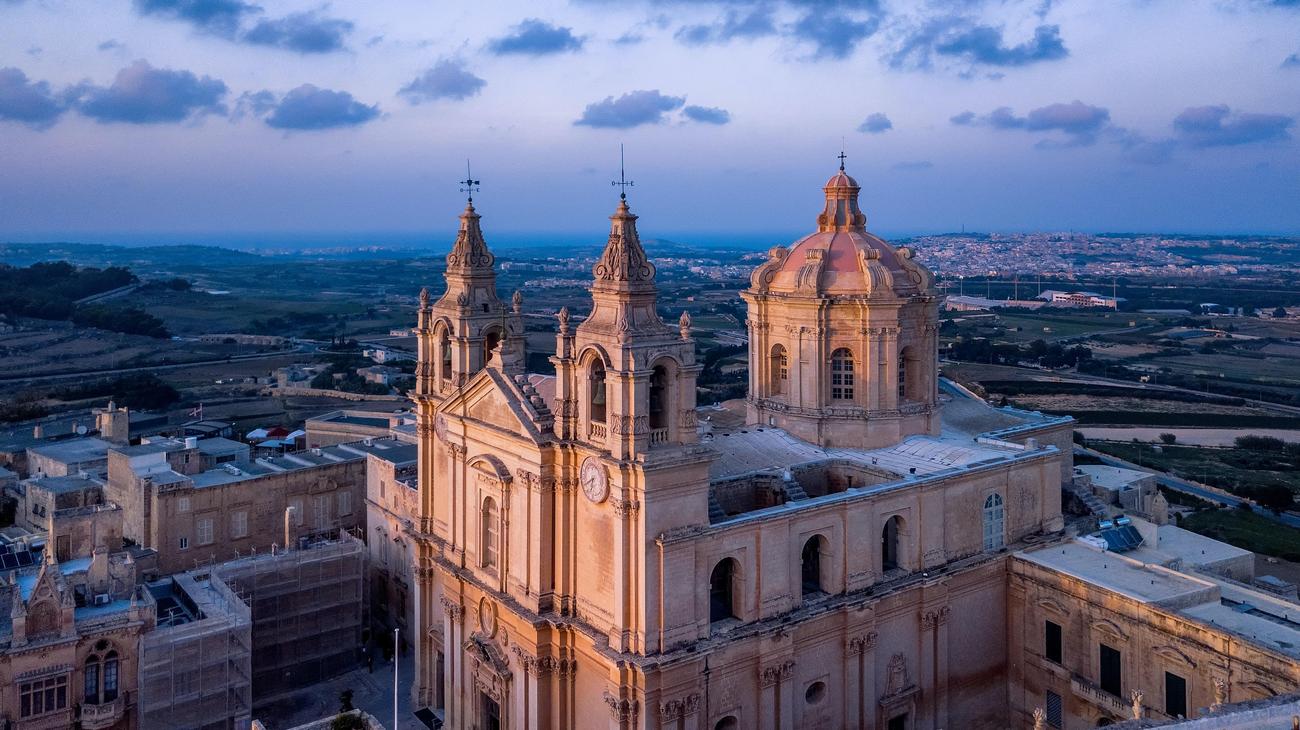Are you curious about Malta’s population growth rate and how it is shaping the country’s future? Look no further! In this article, we will delve into the fascinating world of demographic analysis and explore the trends and factors influencing Malta’s population growth. As an accomplished economist with a knack for deciphering statistical data, I have conducted extensive research to provide you with an in-depth understanding of this crucial aspect of Malta’s development. So, buckle up and get ready to explore the dynamic landscape of Malta’s population growth rate.

Malta Population Growth Rate
Malta’s population growth rate has been a topic of significant interest in recent years. From 2011 to 2021, the population of Malta experienced an unprecedented growth of nearly 25%. The National Statistics Office describes this growth as remarkable. The primary driver behind this increase is net migration, with an influx of individuals choosing to make Malta their new home.
One of the most striking aspects of Malta’s population growth is its projected continuation. By the end of 2022, it is estimated that the population will reach approximately 542,051 people. This upward trend is expected to persist, with projections suggesting further growth in the coming years.
Did you know that Malta has a fascinating population? With its rich history and vibrant culture, Malta offers a unique blend of influences from various civilizations. From its indigenous Maltese inhabitants to the influx of foreigners who have made Malta their home, the population of this island nation is a true melting pot. If you’re curious about Malta’s population and want to delve deeper into this captivating topic, click here to explore more about Malta’s diverse community.

FAQ
Question 1
What is the population growth rate of Malta in the past decade?
Answer 1
Malta’s population has experienced unprecedented growth in the past decade, increasing from 417,432 in 2011 to 519,562 in 2021. This marks a significant growth rate of almost 25%.
Question 2
What are the factors driving the population growth in Malta?
Answer 2
The population growth in Malta is primarily driven by net migration. The country has witnessed an influx of individuals moving to Malta, contributing to the increase in population. Additionally, factors such as birth rate and mortality rate also influence population growth.
Question 3
What is the projected population of Malta for the upcoming years?
Answer 3
According to projections, Malta’s population is expected to continue growing. By the end of 2022, it is estimated that there will be approximately 542,051 people living on the island. Moreover, the population is predicted to reach 535,064 by 2023 and further increase to 446,615 by the beginning of 2024.
Question 4
How does Malta’s population growth compare to other European Union (EU) countries?
Answer 4
Malta’s population growth over the past 10 years is higher than any other EU country. This highlights the significant demographic changes and rapid population increase that the country has experienced.
Question 5
What are the challenges associated with Malta’s population growth?
Answer 5
The rapid population growth in Malta has posed challenges in terms of housing availability and infrastructure. With an annual urbanization growth rate of 1%, ensuring adequate housing for the increasing population has become a pressing issue. Efforts are being made to address this challenge and accommodate the growing population.
















